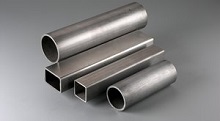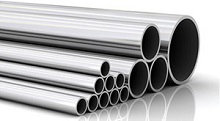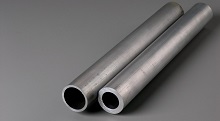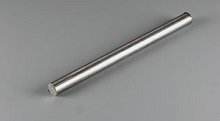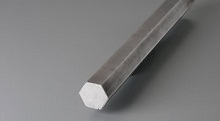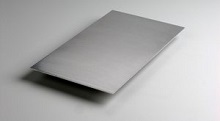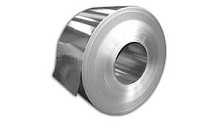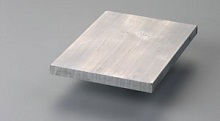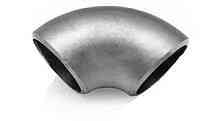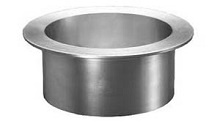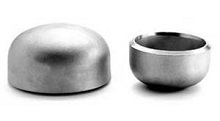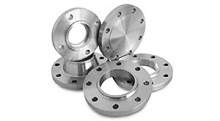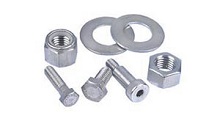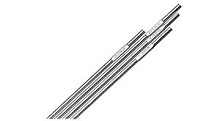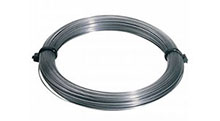Both Nickel 200 and Nickel 201 are solid solution strengthened, commercially pure wrought forms of nickel that are often alloyed together to combine their characteristics. Both are practical for applications where a range of temperatures and high corrosion occur.
Of the two, Nickel 200 is best suited for temperatures under 600° F. Nickel 201 was created for higher temperatures due to its lower carbon content, which prevents embrittling. 201 also is better suited to resist graphitization, whereas 200 can contaminate and become deformed. This process is also referred to as ‘creep’.
Specifically, Nickel 201 additionally has a low work-hardening rate that is well suited for cold working, resulting in low annealed hardness and exceptional toughness and strength.
Both nickels are suited for hot and cold working practices and can be easily welded. For this reason, Nickel 200 and 201 are commonly used in food appliances, fluorine vessels, offshore engineering and situations where the handling of sodium hydroxide exceeds 300° F.
Electricals & Electrical Parts

